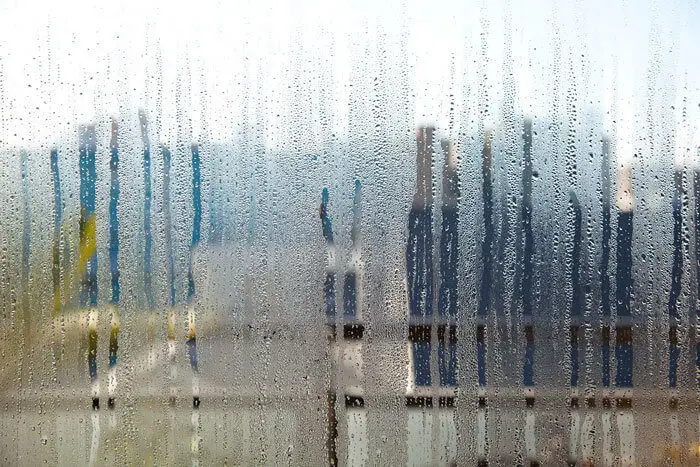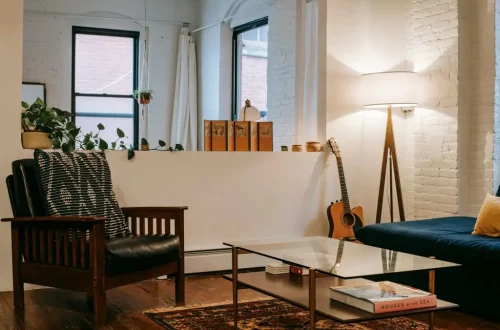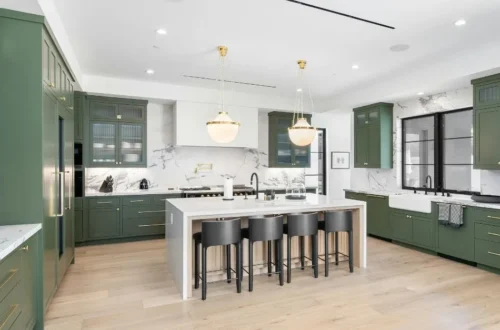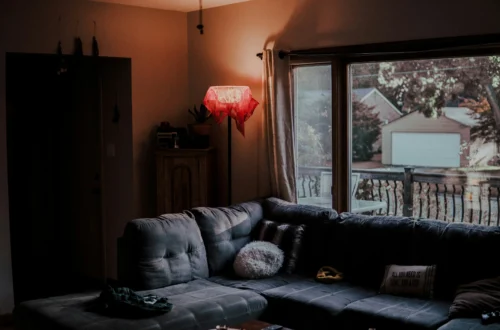Having humidity is one of the most frequent problems in Spanish homes, many times due to the humid climate that exists during the winter and autumn seasons. It can also be due to poor maintenance of thermal equipment or waterproofing problems in the property. In addition, it must be taken into account that humidity can be the beginning of diseases that are harmful to human health, such as skin problems, allergies and breathing difficulties…
If you have a flat to rent, you don’t want your guests to suffer the consequences of this problem, so here are our recommendations to reduce and prevent humidity!
First signs of humidity
Attention must be paid to the details that can confirm whether moisture has already appeared or is going to appear in the apartment. The main one of these signs can be found in the charged environment, such as the sensation of cold, which causes the effect of wet clothes and in the curtains. Another very distinctive detail is the stains that can appear on the ceiling and walls as well as changes in the color tone of the paint, and even cause unpleasant odours.
The bad thing about damp is that it cannot be easily detected until the signs are already evident. Luckily many humidity problems have a solution, either the total elimination of the problem or its prevention.
Types of humidity
- Condensation humidity: It occurs when there is high environmental humidity that condenses and the vapor in the air comes into contact with a very cold surface (windows, walls…) creating accumulated droplets that end up appearing in the form of mold.
- Dampness due to capillary rises: They occur when the walls absorb subsoil water like sponges due to poor waterproofing of the construction materials. The humidity in these cases reaches a height of a meter and a half at most.
- Moisture due to lateral infiltration in lower floors: Generally, this humidity occurs when water from the outside of the building penetrates through a fissure or crack, or from adjacent houses due to poor insulation.
- Accidental moisture: This can be accidentally caused by a break in a pipe installation that carries water, which happens when the materials contract and expand, causing cracks in the joints.
10 tips to avoid the appearance of humidity
You must bear in mind that humidity is a problem that can reappear if it is not properly taken care of. To eradicate 100% of the problem, it is highly recommended to go to a company specialized in the elimination of humidity. We know that it is not the most economical option, but we must take into account the severity of humidity and its reappearance.
Here are some recommendations on how to prevent its appearance or help reduce humidity:
1. Ventilation of the home: Bacteria develop in closed spaces without air circulation, so you have to keep cabinets, drawers and windows open from time to time to alter the environment that fungi and bacteria need for their development.
2. Hanging clothes outside: It may seem like a simple action, but in this way the house is prevented from filling with the humidity of recently washed clothes. Therefore, if you have a balcony or terrace, it is recommended that you urge your tenants to hang their clothes outside the interior of the house.
3. Dehumidifier: This device absorbs and drains humidity from the environment. You may think that, being the cheapest option, it won’t do much good. You’re wrong! It is a magnificent solution against humidity, using it only every two days for a few hours provides very good results.
4. Kitchen extractor: It is important to use the kitchen extractor often to avoid aggravating any humidity problem, since it absorbs steam and condensation from the air.
5. Avoid covering moisture: Trying to hide moisture with furniture or other elements on the affected area does not help to stop it. In fact, you have to do the opposite: separate the furniture, ensuring that there is space for proper ventilation. It is also a mistake to paint over damp, you will only make the problem worse! What you can do is cover the crack where moisture can enter, using a neutral silicone.
6. Plants: Plants are ideal decorative elements, but in a humid room they can further aggravate the situation. It is convenient that there are few or none if good ventilation is not available. However, there are 3 types of plants that can be the perfect allies to help combat the problem: laurel, bamboo or chrysanthemums.
7. Sea Salt: This option acts as a natural dehumidifier. Just by placing a kilo of coarse salt in a flat container and placing it in the most affected areas, you will be able to neutralise the problem.
8. Bicarbonate: As with salt, another good alternative against humidity is bicarbonate. Rub it on the area you need and leave it on for two hours and then remove it with a brush. It can also be placed in containers and left in cabinets with humidity, you will see very effective results!
9. White Vinegar: Another simple and cheap solution is vinegar: Use it as a spray on the affected areas or rub it with a cloth directly to combat humidity. For it to really have a result, you should repeat it for a whole week.
10. Borax: It can be as useful as bleach, but less aggressive with the environment. It is advisable to use gloves to handle it, since you will have to dilute a spoon of this product in two liters of water. Once mixed, you should apply it with a brush on the affected areas and let it rest for half an hour. Then, simply, it will be necessary to remove the excess with a clean and dry cloth.
As you can see, there are many simple ways to combat and prevent humidity from appearing at home. However, from AB Apartment Barcelona we can help you, giving you support and comfort so that you don’t have to worry about anything, contact us!






